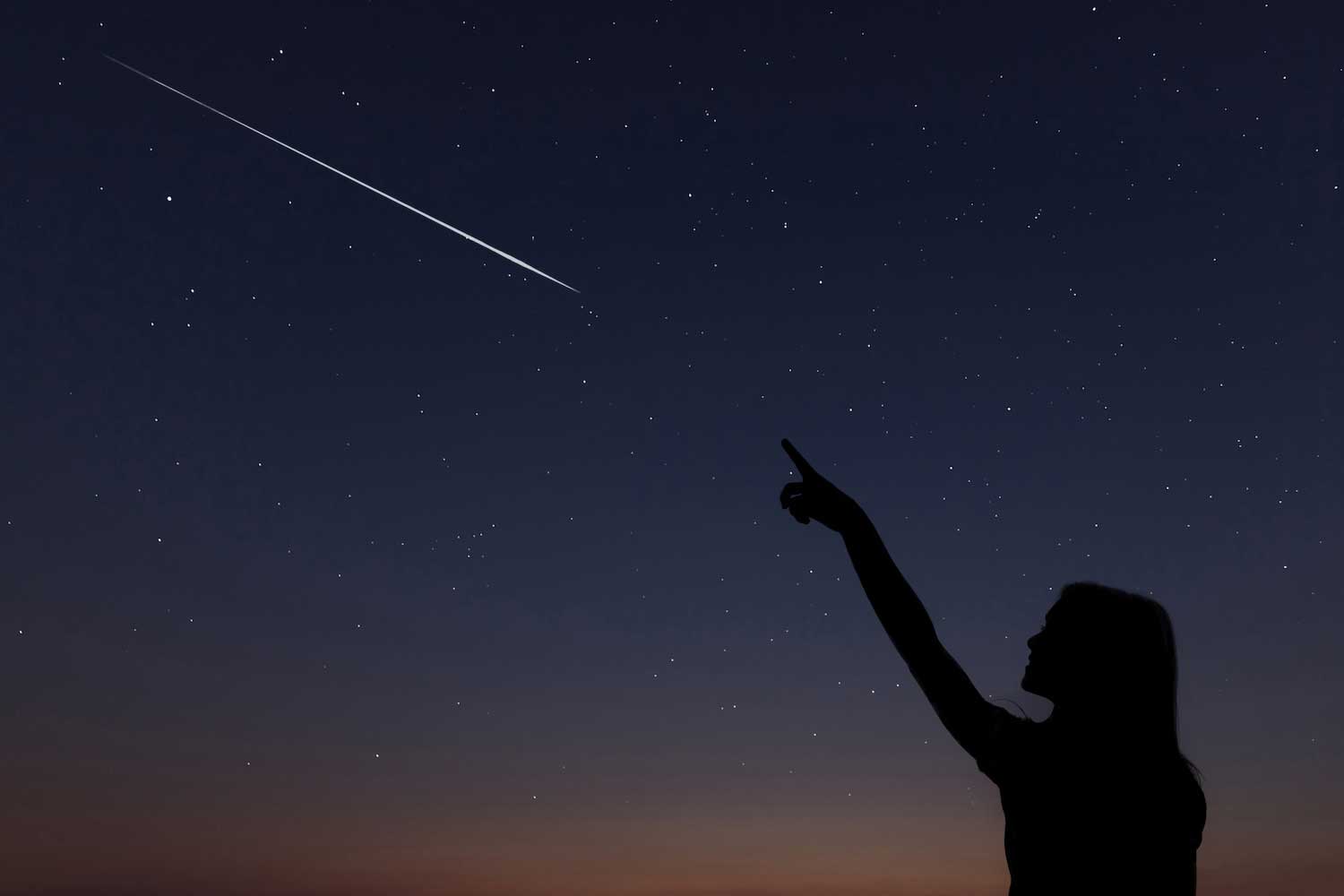Make a wish: In April, meteor shower activity returns

After a few months without meteor shower activity, a flurry of shooting stars will return to the sky in April, with two meteor showers active during the month.
The short-lived Lyrids meteor shower runs from April 17 to 26, peaking the night of April 21 into 22, according to the American Meteor Society. The Lyrids is considered a medium-strength shower, and the associated meteors best viewed in the predawn hours.
A few days after the Lyrids kick off, another meteor shower gets underway. The eta Aquariids begins April 20 and lasts until May 21. It will peak the night of May 3 into 4. The eta Aquariids is a strong meteor shower in the southern tropics, but viewing conditions are not as good in the northern hemisphere, the meteor society reports. Like the Lyrids, the best viewing time is in the predawn hours.
Not all meteor activity is associated with meteor showers. You might see meteors on any night if you are in a dark place, but meteor activity increases during meteor showers, according to NASA. Meteor showers occur when Earth passes through a debris trail from a comet or asteroid, according to NASA.
Meteors are essentially space rocks. As these rocks fall toward Earth, they get hot. The trail of light we see — what we call meteors or shooting stars — is the glow from the hot air as the meteor speeds through the atmosphere, NASA reports. Most of these space rocks are tiny, about the size of a pea or even a grain of salt, and they burn up long before reaching Earth's surface.
Most meteor showers are named for the constellation near where it looks like the meteors are coming from, called the radiant. In the case of the Lyrids, the radiant is in the constellation Lyra, while for the eta Aquariids, the radiant is in the constellation Aquarius.
The full moon for April will be the night of Saturday, April 12. It will reach its fullest point at 7:22 p.m. April's full moon is known as the pink moon, a nickname given because April is the time of year when bright pink creeping phlox blooms, according to the Old Farmer's Almanac. The nicknames we use for the monthly full moons are typically seasonal in nature and relate to the names Native tribes used for full moons. Other names for the April full moon include the frog moon, moon when geese lay eggs and breaking ice moon.
The April full moon will be the second of three consecutive micromoons in 2025, EarthSky reports. Micromoons are full moons that occur when the moon is at its farthest distance from Earth, called the apogee. Micromoons appear smaller in the sky than a typical full moon, but you might not even notice the difference. A micromoon typically looks about 7% smaller than a typical full moon.
The opposite of a micromoon is a supermoon, which is a full moon that occurs when the moon is at its closest point to Earth, called the perigee, according to EarthSky. In 2025, we will experience supermoons in October, November and December.
